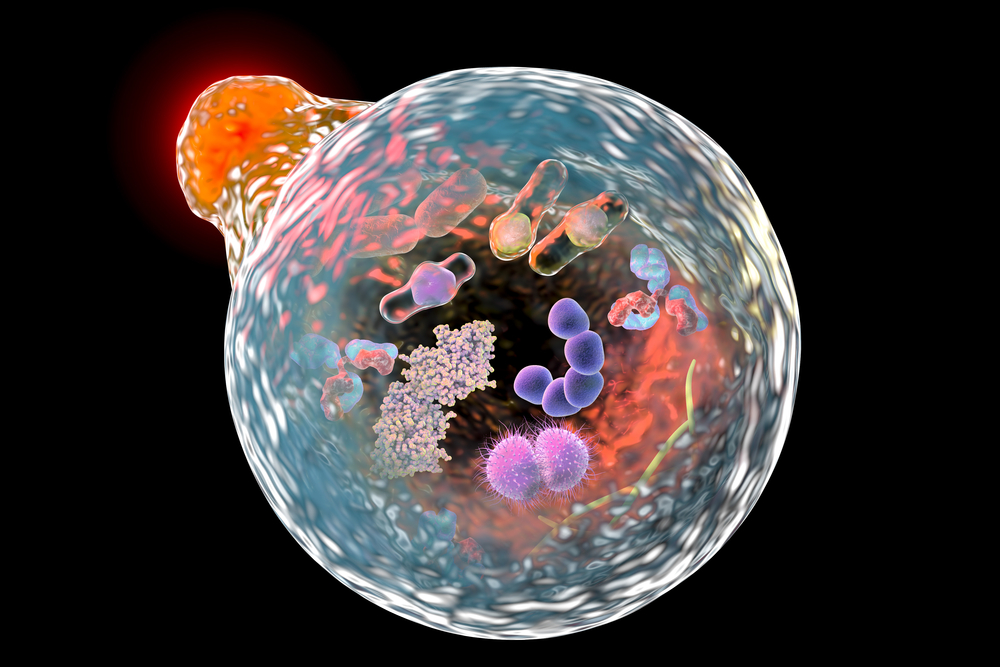Autophagy-targeting Compound Fails to Reduce Heparan Sulfate in Mice

An investigational compound that targets dysfunctional or improperly working autophagy — the removal of unnecessary or damaged cell components — may improve that process and reduce inflammation in a mouse model of Sanfilippo syndrome.
However, the compound did not reduce heparan sulfate accumulation or lessen behavioral defects in these mice, according to a project update from the Sanfilippo Children’s Foundation, which had funded a portion of the research.
The ongoing research project is being conducted by investigators at the Telethon Institute of Genetics and Medicine, in Italy.
“The team mapped out important steps in the autophagy pathway and investigated key molecules involved in controlling autophagy,” the foundation said in its update, adding that a “drug candidate of interest” was then tested in mice up to age 9 months.
“Treated type A mice observed improved autophagy compared to untreated mice, along with reduced inflammation. However, there was no reduction in Heparan Sulfate accumulation nor improved behaviour seen in the mice,” according to the update.
Sanfilippo syndrome, also known as MPS III, results from a mutation that causes the toxic accumulation of heparan sulfate, a complex sugar, in cells in the nervous system, causing cell damage and impairment.
Researchers led by Ivan Conte, PhD, and Nicolina Cristina Sorrentino, PhD, had hypothesized that activation of autophagy would help clear up heparan sulfate and potentially reverse cell damage in patients with Sanfilippo syndrome.
In 2019, the Sanfilippo Children’s Foundation awarded the team a one-year, $90,000 incubator grant to explore autophagy as a potential therapeutic target for Sanfilippo. The project aimed to better understand autophagy in Sanfilippo and use cell cultures and mouse models to test the previously discovered, but undisclosed, drug candidate.
“Scientists are now tackling Sanfilippo from every angle, from replacing the missing enzyme and gene therapy to substrate reduction and chaperones,” Megan Donnell, executive director of the Sanfilippo Children’s Foundation, said at the time of the project’s launch.
“This project adds another string to our bow in the fight for a cure. If successful, targeting autophagy could complement other therapies being developed,” Donnell said.
The researchers tested the drug candidate in cells of Sanfilippo type A patients to verify that it activates the autophagy process. Then, the team treated a mouse model of Sanfilippo type A with the candidate daily. The mice did show improved autophagy and reduced inflammation compared with untreated mice, but no reductions in heparan sulfate accumulation or behavioral defects were observed.
While these early results do not support the autophagy-targeting candidate as a potential Sanfilippo treatment, the foundation notes that it may have some use as an adjunctive or add-on therapy.
In a parallel project, the same team also characterized retinal degeneration in Sanfilippo type A mice, which mirrors that found in type A human patients.
Conte and Sorrentino are continuing their research into understanding the role autophagy plays in Sanfilippo type A.






